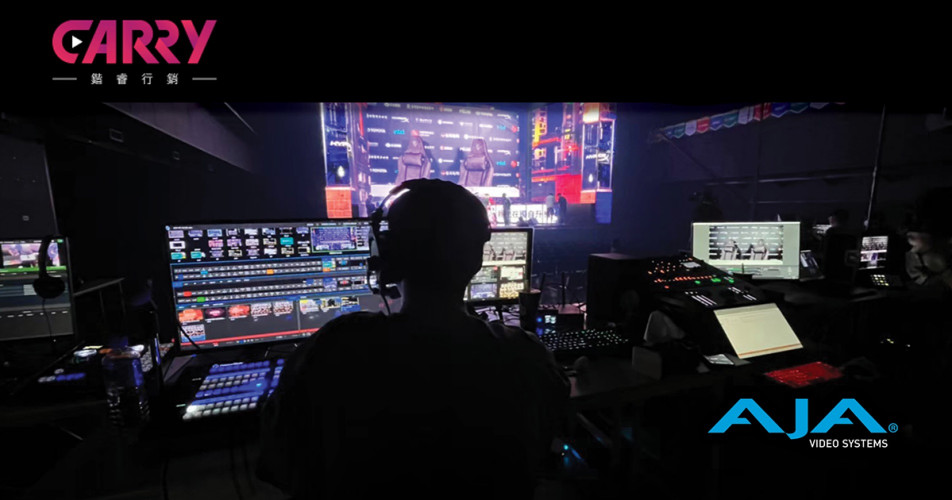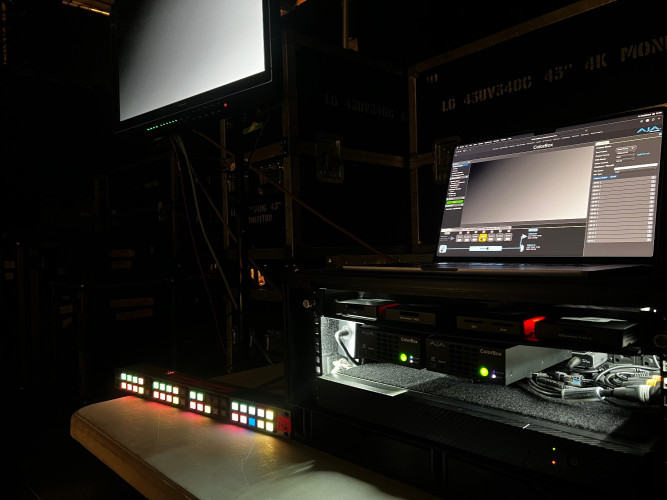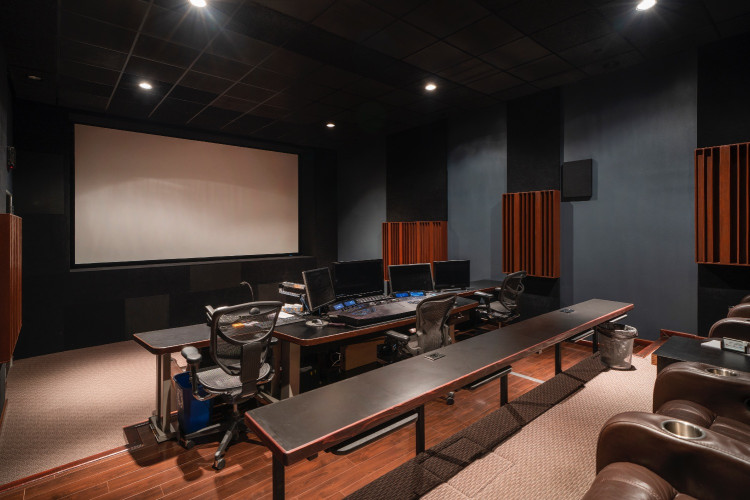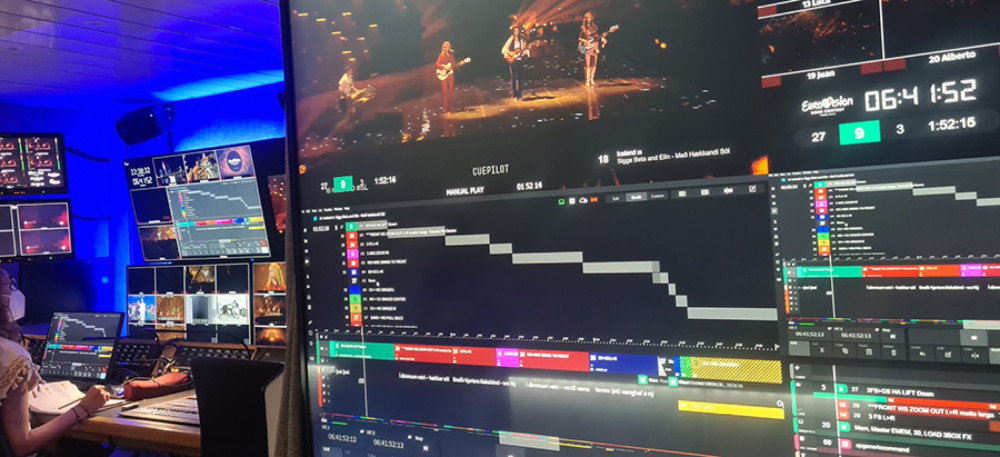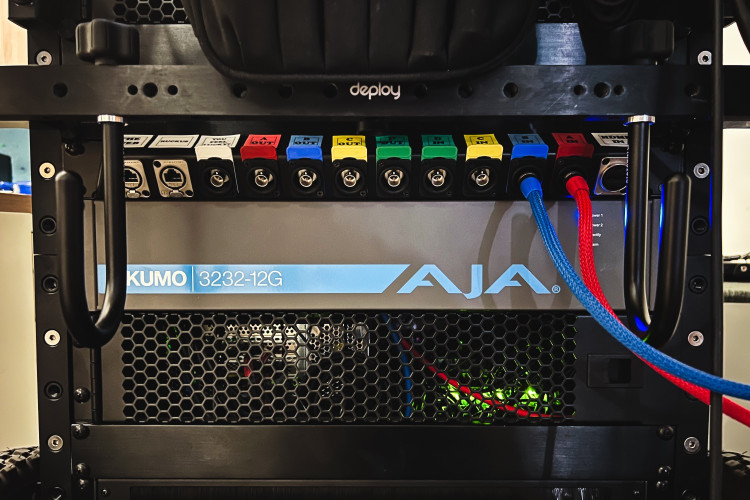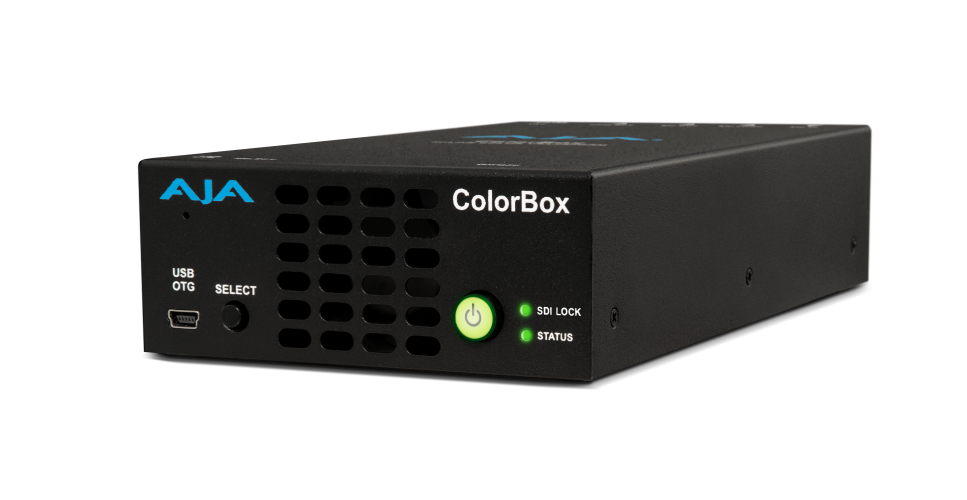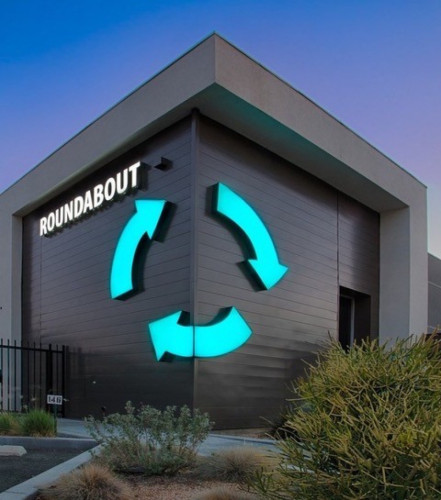Testing times of a 4K world

Author: Will Strauss#
Published 1st August 2012
The term '4K' applies to some five slightly different picture formats with around 4,000 pixel horizontal resolution: all much bigger than HD. In fact roughly four times the total pixels required for 1920 x 1080 pixel high definition. 4K has been around for some years but was until recently only affordable by producers with mega budgets. Advances in camera sensor and display technology are now allowing manufacturers to offer 4K products at prices not too much more than their high definition equivalents.
Viewers who sit too close to their home HD screens have to pan and scan their heads to see the whole image. 4K allows you to get even closer or have even bigger screens yet not see any pixels. Only a minority of cinemas are equipped to project at 4K resolution. The majority, and those re-equipping for digital projection as film is phased out, all have 2K. This is virtually the same resolution as HD/2K. The further upgrading all these 2K facilities is unlikely to happen for some time so there is not going to be strong stimulus for 4K production except from the viewpoint of future-proofing.
Shooting and doing post in 4K have advantages even if the eventual programme ends up in 2K. There will be no loss of sharpness if you crop or resize sections out of the original source footage. Maybe you shoot a wide shot of a couple talking on a sofa but decide later it should have been a close shot or simply want to cut to a close shot. This is entirely possible with the super-resolution of 4K. Also even though the original was shot in 16:9, wider aspect ratios are possible, again without sacrificing horizontal resolution in HD/2K.
Many of today’s PCs and Apple Macs have multi-core processors that put them in super-computing league. The basic hardware can cope with 4K, as can many editing packages (even low-cost ones like Sony Vegas). Editing 4K should therefore not be a problem. However, displaying at full 4K resolution from a computer is going to be a bit difficult for a while yet because there are no commercial graphics cards yet capable of going beyond 2560 x 1600 pixel output formats. That resolution is still very fine on a 30 inch desktop screen and the scaled down images would certainly be a good representation of the original. Between computer and display screen, HDMI 1.4 and Display Port 1.2 both cater for 4K so the connection technology is already there. The Intel Thunderbolt interface, already available for Macs and soon coming to PCs, has plenty of bandwidth for 4K.
In the past, test and measurement required specialist hardware as was expensive to buy and to upgrade. The design cycle for such products is long and costly. This is not the case with software based measurement solutions. Provided the computer has a sufficiently powerful central processor and enough bandwidth resources, processing and analysing 4K is not much more difficult than stereoscopic or high-definition formats. They can all be done on the same platform. Real-Check SoloQC from Cel-Soft provides all the traditional tools of waveform monitor, vectorscope, parade and histogram displays at 4K resolutions in the same way as HD or any other formats. Added to those, analysis of photo-sensitive epilepsy risk and gamut errors as well the detection of defective pixels can be done at the same time.
Live sources or edit playout can be ported via low-cost capture cards from the likes of Blackmagic, AJA and Bluefish. Being software based, this type of product can also handle media files in 4K as well as those in HD/2K. Incidentally, it you want to play with some 4K footage, there are some good clips on YouTube if can handle the gigabyte downloads.
Increased use of 4K will pose additional new challenges such as being more sensitive to blemishes, be they on the lens, the set or even the talent. So more care with lens wipes, paint or make-up could be called for in a 4K world. The end results could be quite spectacular and will probably tie in with the advance to large-size 'retina-quality' displays.
Robin Palmer is Managing Director of Cel-Soft and is currently involved with software solutions for 3D & TV quality control and measurement technology.



